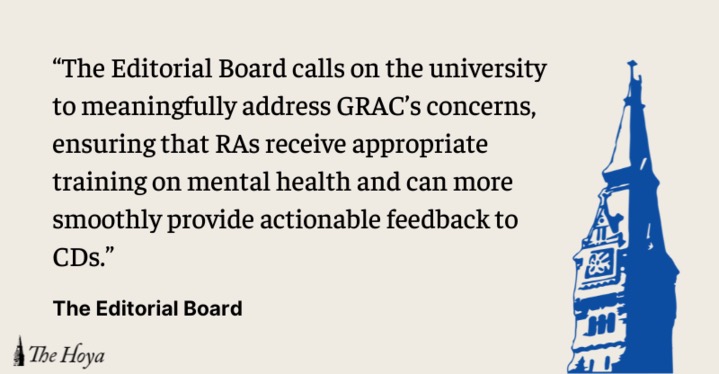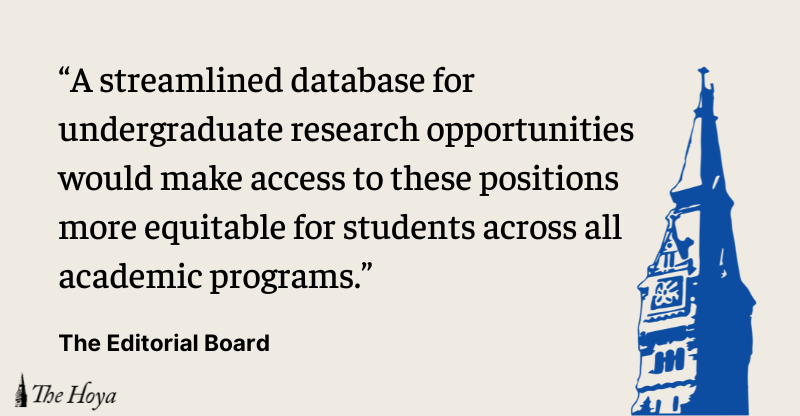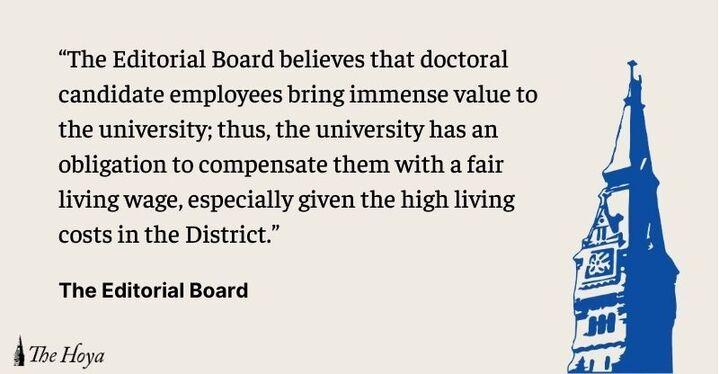The status quo of compensation in college athletics is broken. The current rules banning student-athletes from being paid allow universities to exploit the unpaid efforts of its athletes. The NCAA should therefore amend its rules to allow student-athletes to not only be fairly compensated for their time dedicated to their sports, but also to seek their own revenue-generating opportunities such as potential endorsement contracts, particularly given the significant revenue they generate for their universities.
This issue made national headlines last week when federal investigators in New York revealed charges against several coaches at top college basketball programs, including the University of Louisville and Oklahoma State University, as well as a marketing executive at Adidas for bribery schemes revolving around recruiting efforts. In one such case, a top high school prospect’s family was allegedly offered $100,000 in exchange for a commitment to play for that university and to sign with Adidas when he turned professional.
This “dark underbelly of college basketball,” as acting U.S. Attorney for the Southern District of New York Joon Kim put it, results from college athletes’ inability to be compensated for the work, per NCAA rules. The rules that prohibit college athletes from earning revenue from their efforts force this compensation underground, creating windows for scandals like this one.
Top college basketball programs generate millions in revenue for their schools, yet it is illegal for any of that money to pass down to the players who earn it for the school. This system is a series of exploitative relationships where everyone except for the players — the schools, the NCAA, the major television networks and the coaches — earns often large amounts of money. It is no wonder coaches exploit this unfair system to recruit talent; such skewed rules are rife for abuse.
This issue resonates throughout all college sports but, due to both last week’s arrests and the athletic focus of Georgetown University, is particularly relevant to college basketball.
Two rules governing college basketball are particularly important in this discussion: First, players are not eligible for the NBA draft until one year after their high school graduation, and they must be 19 years old during the calendar year of the draft. As such, most top high school NBA prospects play at least one year of college basketball before declaring for the NBA draft.
Second, the NCAA has strict amateurism rules that prohibit college athletes from receiving financial benefits, such as salaries and endorsements, for their efforts on the court.
Colleges and universities directly profit off these athletic programs through ticket sales, merchandising and the use of athletes’ likenesses. For example, the men’s basketball program at the University of Louisville, which has won three NCAA championships and was involved in last week’s scandal, pulled in over $45 million in revenue in 2015, according to the Department of Education. Georgetown’s men’s basketball program grossed over $11 million that year.
Meanwhile, players themselves are “compensated” only through their scholarships. Yet, the value of these scholarships are meager compared to the revenue of even just the basketball program: While the men’s basketball program alone pulled in $11 million in 2015, Georgetown Athletics as a whole spent $8.3 million on scholarships for all student-athletes. Moreover, the value of these scholarships is often much less than the market value of the athletes’ performance.
Student-athletes must be allowed to receive a percentage of the revenue generated by their performance for their university and to seek outside endorsements or sponsorship deals, should their skill level make this a possibility. It is unfair that these students’ unpaid efforts benefit coaches, administrators, apparel companies, television networks and athletic departments — rather than themselves.
Perhaps the most common objection to compensating student-athletes is that this shift would violate the policy of treating them as “students first, athletes second,” as the NCAA puts it.
It is unclear how compensating athletes for their work subverts their role as students. The vast majority of college athletes do not become professional: According to the NCAA, a mere 1.1 percent of athletes in men’s basketball programs and 1.5 percent of those in football programs will go professional. This trend is especially notable at schools with smaller athletic programs, like Georgetown, which have historically valued players’ graduations. Compensating these athletes will incentivize them to stay in school longer, rather than take risky gambles on professional careers that might never materialize.
The NCAA should end the exploitation of student-athletes by allowing them to take part in the immense profits they generate for their universities, both by granting them a percentage of the revenues and by allowing them the opportunities to take part in potential endorsements and sponsorships. Only this way will college athletics truly be a fair game.







